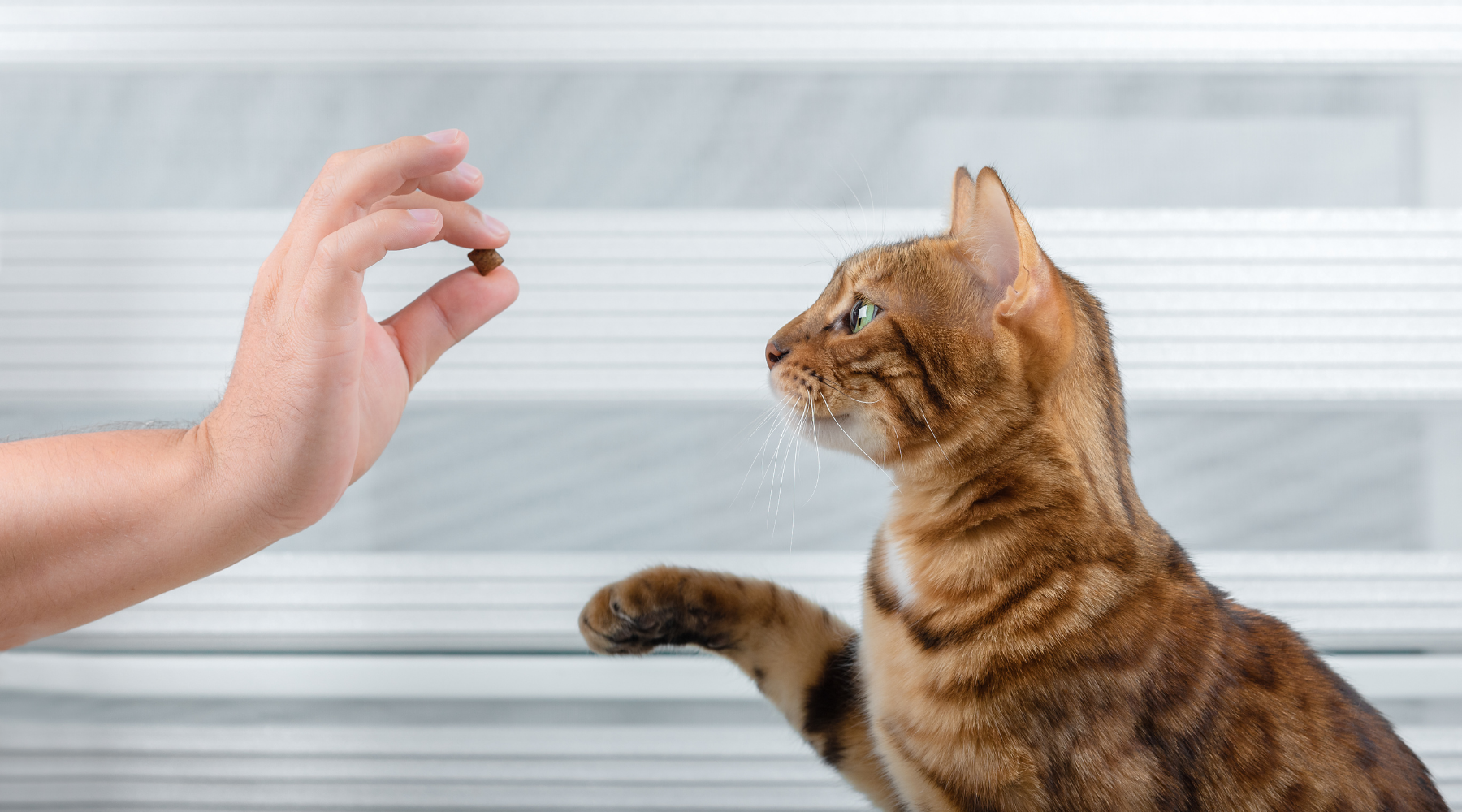
Training and Behavior Modification: A Comprehensive Guide for Cat Owners
Cats are wonderful companions known for their independent nature and unique personalities. However, like any pet, they require training and behavior modification to ensure they fit harmoniously into your home. In this guide, we will explore essential topics such as litter training your kitten, dealing with a scratching cat, and teaching your cat to use a cat door. Additionally, we will discuss other crucial aspects of feline behavior modification to help you raise a well-mannered and happy cat.
How to Litter Train Your Kitten
Litter training is often one of the first and most critical steps when bringing a new kitten home. Thankfully, kittens are naturally inclined to use a litter box. Here’s how you can facilitate the process:
1. Choose the Right Litter Box:
Select a litter box that is low enough for your kitten to easily enter and exit. As your kitten grows, you can transition to a larger box.
2. Placement Matters:
Place the litter box in a quiet, accessible location. Avoid high-traffic areas to ensure your kitten feels safe and comfortable.
3. Introduce Your Kitten:
Gently place your kitten in the litter box after meals and naps. They will likely sniff around and start using it naturally.
4. Positive Reinforcement:
Praise your kitten when they use the litter box correctly. Avoid punishment as it can create fear and confusion.
5. Keep It Clean:
Scoop the litter box daily and change the litter regularly to maintain hygiene and encourage continued use.
Tips for Dealing with a Scratching Cat
Scratching is a natural behavior for cats, used for marking territory, sharpening claws, and stretching. To manage this behavior and protect your furniture, consider the following tips:
1. Provide Scratching Posts:
Offer various scratching posts and pads around your home. Cats have individual preferences, so try different materials like sisal, carpet, and cardboard.
2. Location, Location, Location:
Place scratching posts near your cat’s favorite spots, such as sleeping areas and near furniture they like to scratch.
3. Use Catnip:
Sprinkle catnip on the scratching posts to attract your cat and encourage their use.
4. Protect Furniture:
Use furniture protectors like double-sided tape or specialized sprays to deter your cat from scratching inappropriate surfaces.
5. Regular Nail Trimming:
Keep your cat’s claws trimmed to reduce damage from scratching.
Teaching Your Cat to Use a Cat Door
A cat door can provide your feline friend with the freedom to come and go as they please, reducing stress for both of you. Here’s how to teach your cat to use a cat door:
1. Familiarize Your Cat:
Start by propping the door open and allowing your cat to explore it freely. Place treats or toys on either side to encourage them to pass through.
2. Gradual Training:
Once your cat is comfortable, lower the flap slightly, so they have to push it to get through. Reward them with treats and praise each time they succeed.
3. Practice Sessions:
Short, frequent training sessions work best. Gradually close the flap more until your cat can open it entirely on their own.
4. Patience and Persistence:
Some cats take longer to learn than others. Be patient and continue positive reinforcement.
Additional Training Tips for Cats
1. Teaching Basic Commands
Just like dogs, cats can learn basic commands such as “sit,” “stay,” and “come.” Use treats and clicker training to reinforce desired behaviors. Consistency and patience are key to success.
2. Dealing with Aggression
If your cat shows signs of aggression, it’s important to understand the cause. It could be due to fear, territorial behavior, or health issues. Consult a veterinarian or a professional animal behaviorist to address the underlying problem and develop a behavior modification plan.
3. Encouraging Play and Exercise
Regular playtime is crucial for your cat’s physical and mental health. Use interactive toys to stimulate their hunting instincts and keep them active. This can also reduce unwanted behaviors caused by boredom.
4. Socializing Your Cat
Early socialization is important, especially for kittens. Expose them to various people, environments, and other pets to ensure they grow up to be well-adjusted adults.
Conclusion
Training and behavior modification are essential aspects of responsible cat ownership. By understanding and addressing your cat’s natural behaviors, you can create a harmonious living environment for both you and your feline companion. Remember, patience, consistency, and positive reinforcement are the cornerstones of successful training.
Disclaimer: The information provided in this article is intended for general guidance and educational purposes only. It is not a substitute for professional veterinary advice, diagnosis, or treatment. Always consult with your veterinarian or a professional animal behaviorist for specific concerns regarding your pet’s health and behavior.
By investing time and effort into training your cat, you’ll not only prevent common behavioral issues but also strengthen the bond between you and your furry friend. Happy training!



Leave a comment
This site is protected by hCaptcha and the hCaptcha Privacy Policy and Terms of Service apply.